During the major setpieces of One Piece’s arc, whenever there’s a big fight going on between Luffy and a big bad, there are usually several other fights running concurrently between the big bad’s underlings and the other Straw Hats. It’s a good way to keep viewers engaged with things, and apparently, it’s also a good core to build a combat system around! Here’s what you need to know about One Piece Odyssey‘s combat system.
One Piece Odyssey Combat System Explained
While One Piece Odyssey uses your basic turn-based JRPG battle format on the surface, there are several extra wrinkles beneath that make things a little more interesting, all while keeping within the spirit of One Piece’s signature fight scenes. This system is collectively known as the “Scramble Area Battle,” and it’s all about dominating the field and aiding your allies.
Related: How to Cross the Desert in One Piece Odyssey
The Scramble Area Battle system is made up of several core components:
- Areas
- Skill affinities
- Turn order
- Dramatic Scenes
Areas
The first and foremost component of the Scramble Area Battle is the Areas. When a combat encounter starts, the four members of your party will be randomly split up into several groups, each facing down a different gaggle of enemies. If you check the status bar on the left side of the screen, you’ll see who’s bunched up, and which enemies are presently menacing them.
These Areas affect who amongst your party is targeted by enemy attacks, as well as the skills you’re able to use. For instance, if you want to use a close-range attack or skill, you can only target enemies in the same Area as you, while long-ranged attacks can hit enemies in other Areas. Additionally, certain powerful attacks can knock enemies out of your Area and into another one, usually bonking another enemy in the process.
As long as there are enemies in a character’s Area, they can’t leave it, which can be problematic if someone in another Area needs help. However, once all of the enemies in the Area have been defeated or relocated, they can freely jump to another Area and join that group. All you have to do is target an enemy in that Area with a close-range attack, and you’ll move automatically, though you can also use ranged attacks and hang back if you want to keep that character out of danger.
Skill Affinities
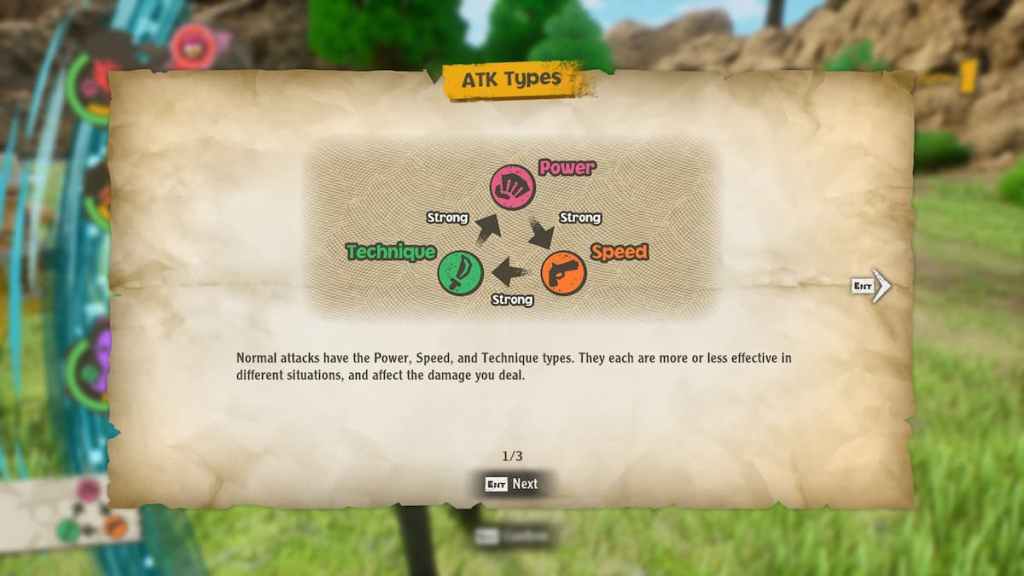
Enemy and player character weaknesses are determined by a simple rock-paper-scissors style affinity chart. Every enemy and character is assigned one of three affinities: Power (denoted by the red fist), Speed (denoted by the orange gun), and Technique (denoted by the green sword). Power beats Speed, Speed beats Technique, and Technique beats Power. The chart is always displayed on the bottom-left of the screen, so don’t worry about forgetting what beats what.
Additionally, there are several elemental affinities that some techniques have. Techniques can inflict Burn, Freeze, or Electrical damage, which both characters and enemies can be strong, weak, or neutral to.
To determine the effectiveness of a technique, select it from the menu and highlight an enemy. If you see red arrows moving upward, that means you have an affinity advantage over them, and if you see “weak,” they’re weak to the technique’s elemental affinity. On the flip side, if you see blue arrows moving downward, that means they have the affinity edge and your attack won’t be as strong, and if you see “resist,” they’re resistant to the technique’s elemental affinity.
Turn Order
Every enemy has a portrait both over their heads and on the status bar. These portraits have a circular bar around them that denotes when that enemy’s turn is coming up. When they’re about to take their turn, the portrait will begin pulsating, so brace yourself for an attack.
When it’s not an enemy’s turn, the Straw Hats will go. Whenever it’s the Straw Hats’ turn, you can freely select which character you want to command with the bumper buttons. Just remember that every character, Straw Hat or enemy, only gets one action per turn. Once every character on the field has had a go, then everyone can act again.
Dramatic Scenes
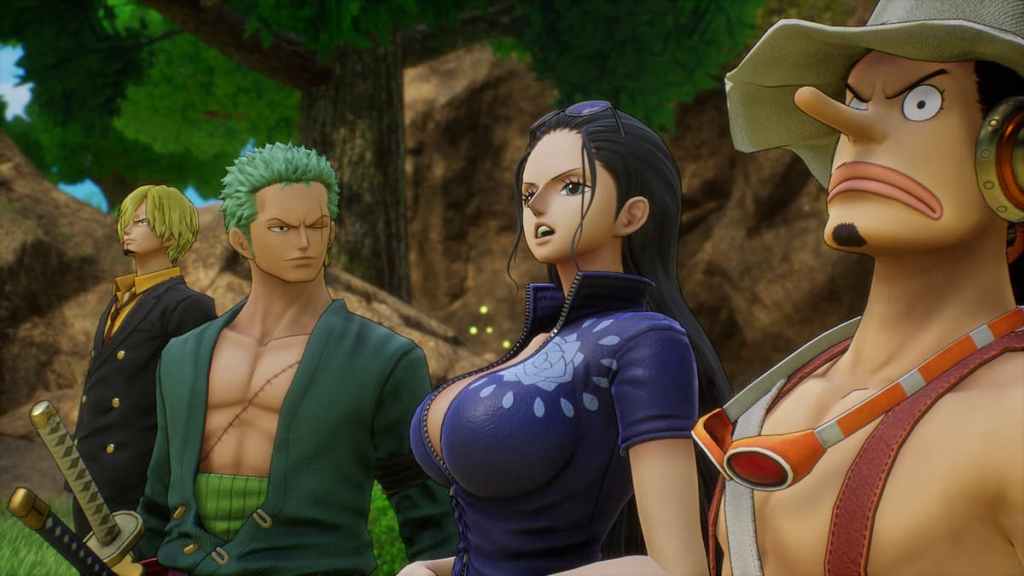
During certain scripted encounters, as well as random normal encounters, characters in your party may find themselves in a dangerous or unusual situation. This is what’s known as a Dramatic Scene. When a Dramatic Scene starts up, you’ll get a warning sign, along with an objective in the top-right of the screen. If you can clear the objective’s parameters, the members of your team will receive buffs.
To give you an example, let’s say Usopp’s been paralyzed by an enemy attack. Your goal for the Dramatic Scene will be to defeat all of the enemies in Usopp’s Area before he gets knocked out. This can be accomplished by defeating all the enemies in another character’s Area and then sending them to help, or using ranged attacks from another Area to take out the enemies attacking Usopp. Either way, if you can defeat all the enemies, Usopp will recover and get a stat buff for the remainder of the fight. Depending on the situation, you’ll also get bonus EXP or item drops for clearing these.
In most cases, there is no penalty for failing to meet the conditions of a Dramatic Scene, whether a character is knocked out or you just finish the fight before accomplishing it. Of course, a lot of them tell you to do something before a character gets knocked out, which means failing to do so will end with them getting knocked out, which is obviously just bad in general.
While the zoning aspects of the Scramble Area Battle can take a bit of getting used to, it’s actually a fairly simple and enjoyable system once you get a handle on it. And it wouldn’t be One Piece if there weren’t at least two fights going at the same time, right?
For more vital seafaring wisdom in One Piece Odyssey, check out our guides on finding Luffy’s Straw Hat and powering up your skills. Visit our Facebook page as well for more guides and info.


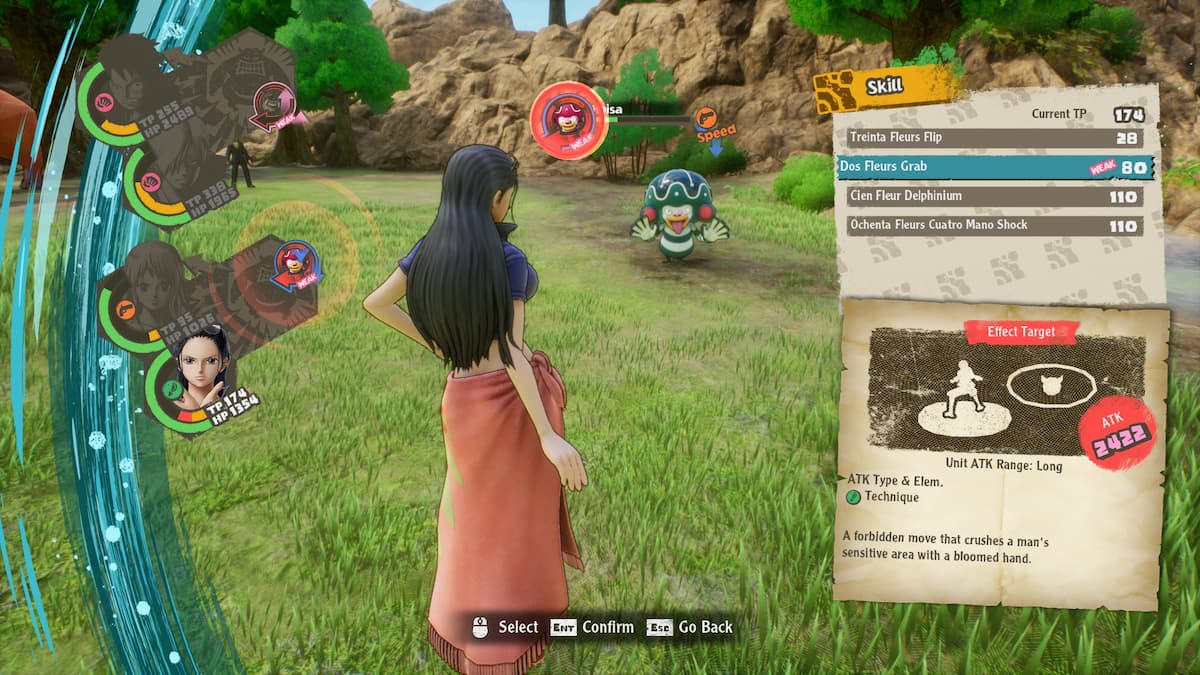

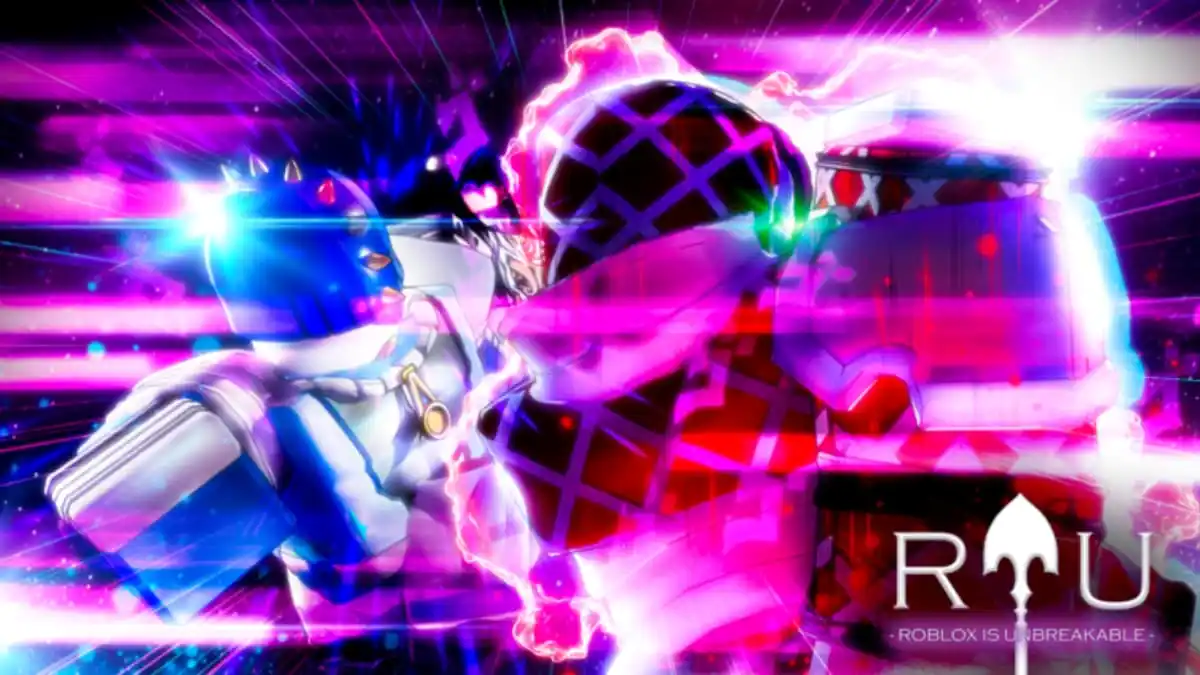
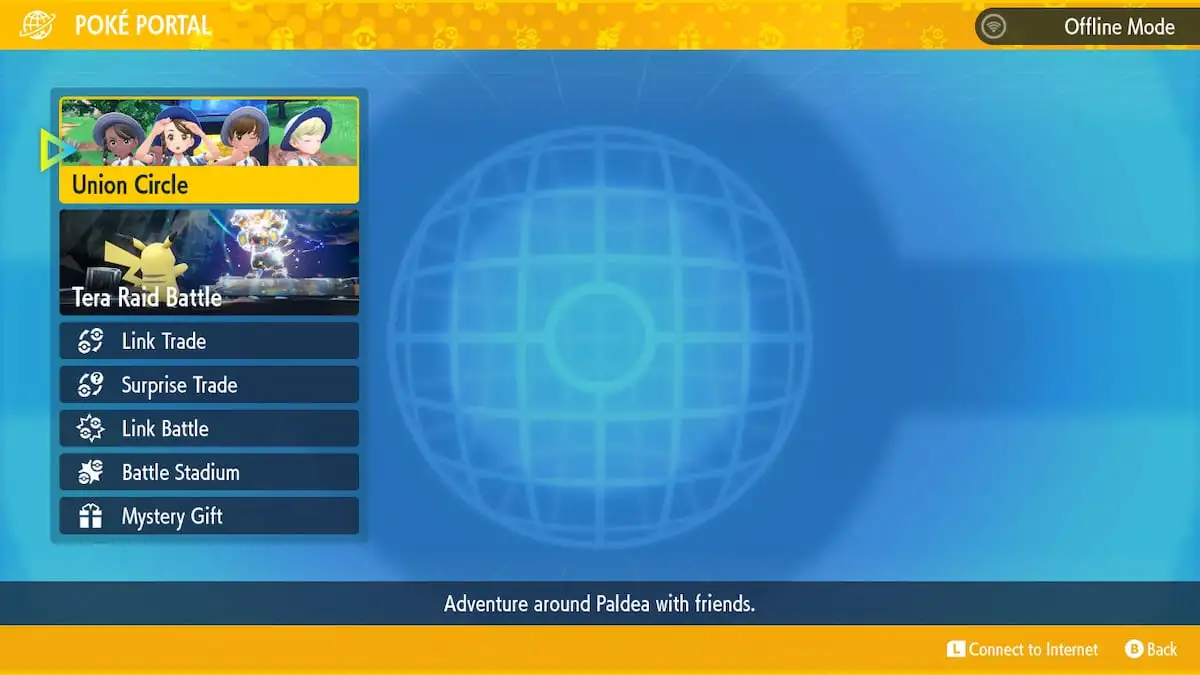
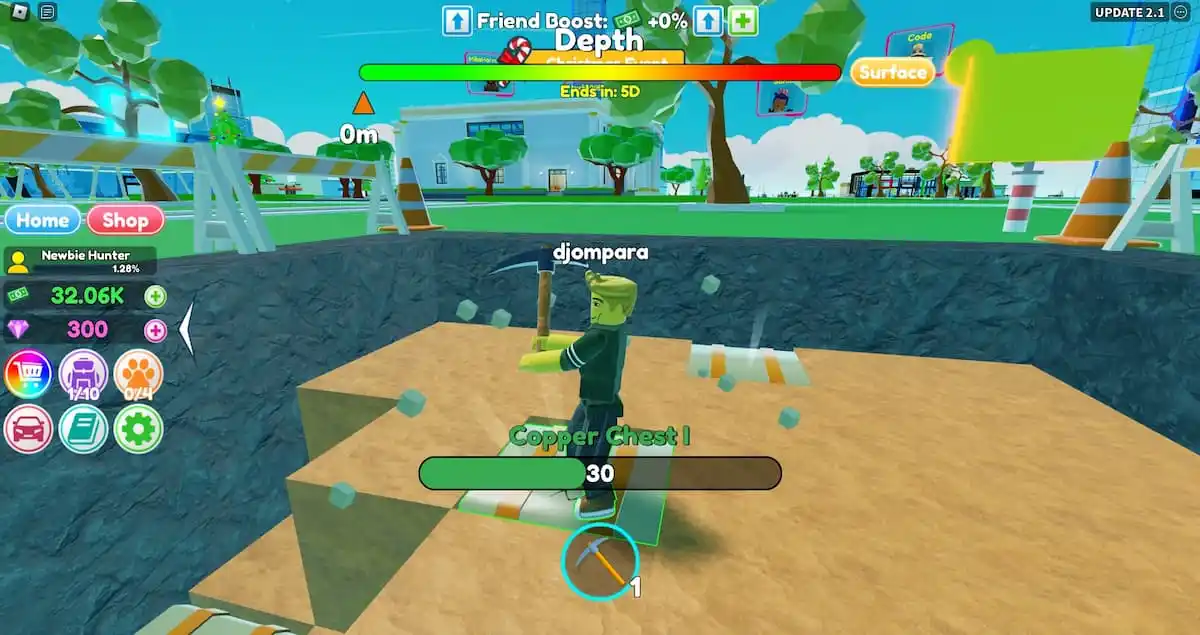
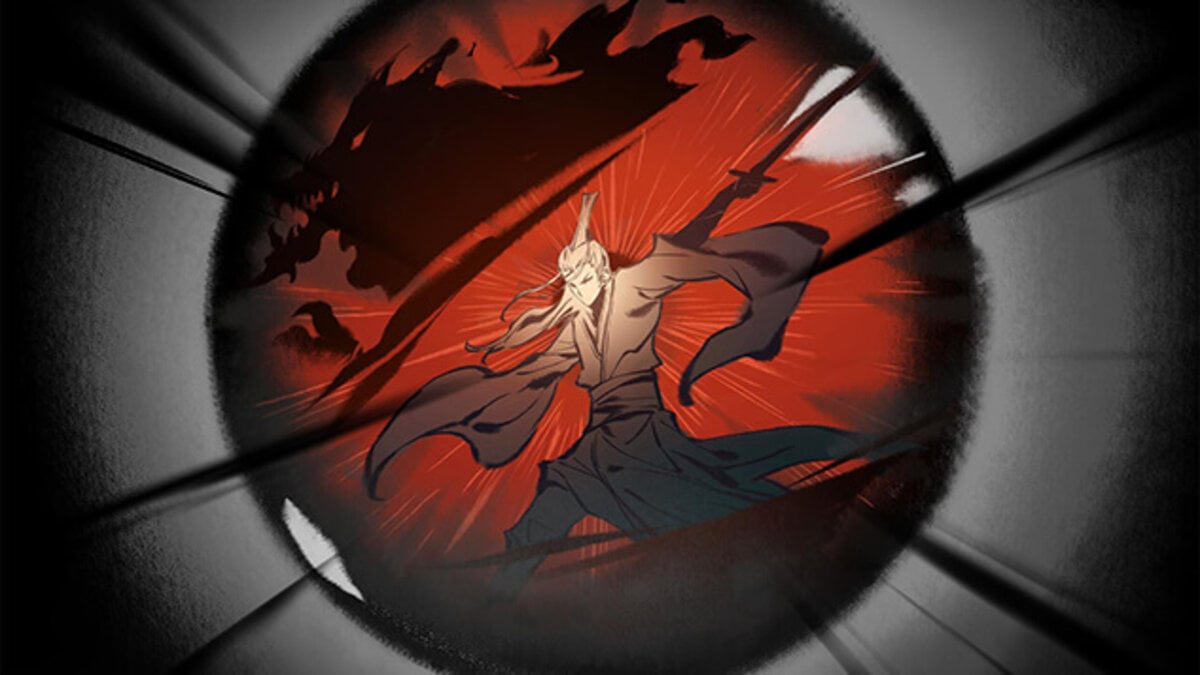
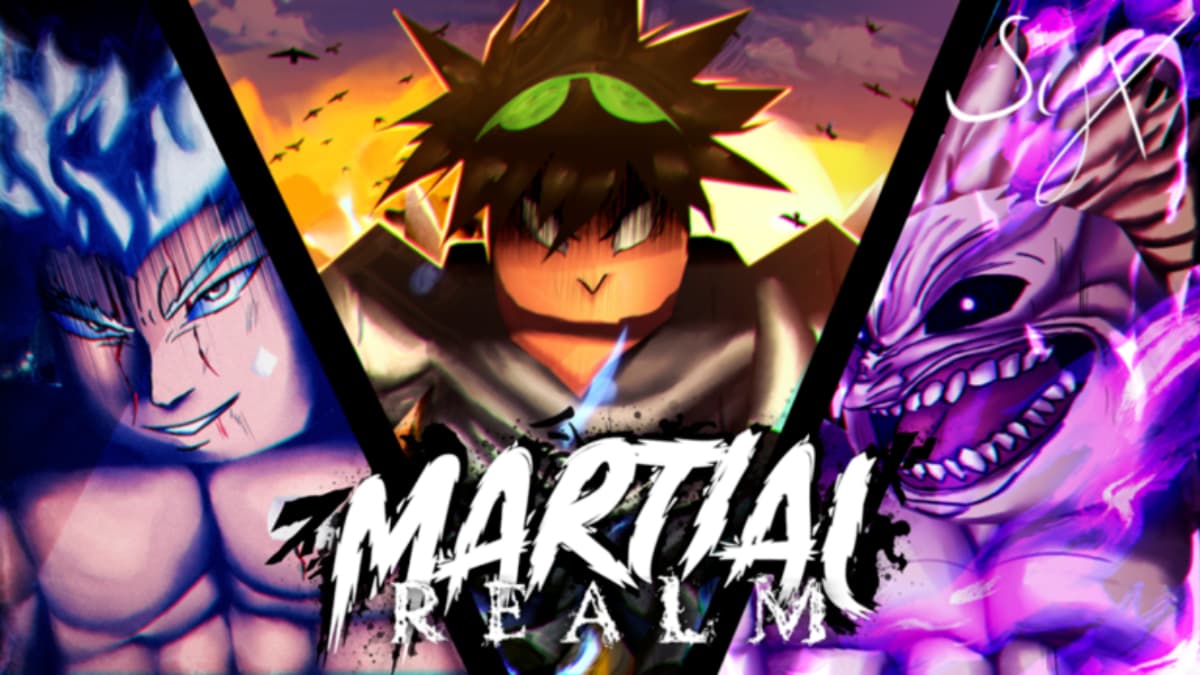



Published: Jan 13, 2023 12:08 pm